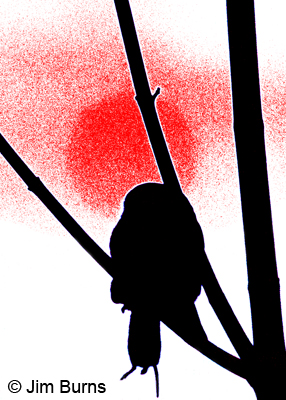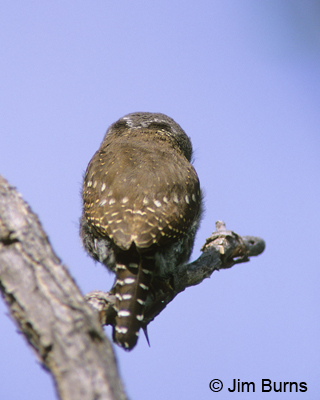
He is not rare, but he is rarely seen.
His cryptic camouflage is so good he goes unnoticed by those looking right at him.
He is so small his metabolic rate is off the charts high.
He must hunt constantly, but he always hunts alone.
His eyesight is three times better than yours.
He is one of the least known and least studied members of his tribe.
He wears two faces to confound his enemies.
Scholars dissect the remains of his meals.
He sings six songs.
He consumes 50% of his own body weight daily.
It is said that he can turn his head 270 degrees.
He lives in the most beautiful and isolated parts of the continent.
He has three toes fore, one aft, but one of the fore can be repositioned backwards.
His preferred hunting technique is surprise attack from above.
He is mostly sedentary, but when he migrates he comes down from the mountains.
He has been known to kill prey more than twice his weight.
His digestive juices are so strong they kill Hantavirus.
He hunts from the shadows. He is crepuscular.
He is so mysterious his familiar name is hyphenated.
His talons are like needles. He never drops his prey.
He consumes bones and exoskeletons.
He is thought to be monogamous though he courts a different female every year.
The females he courts are larger than he.
He has short primaries and long secondaries. He maneuvers through forests with ease.
In wintertime he caches his prey in hidden cavities.
Scientists know him by a name translated from ancient words meaning “wisdom.”
The ancients knew him as the “guardian of the treasures of the inner Earth.”
When he is mobbed by fools, he suffers them placidly, often feigning sleep.
The relative weight of his eyes is greater than the relative weight of your brain.
Movable ear flaps and asymmetrical ears allow him to hear sounds inaudible to you.
He doesn’t kill often, but when he does he often eats the brains first.
He is . . . the most interesting predator in the world.
